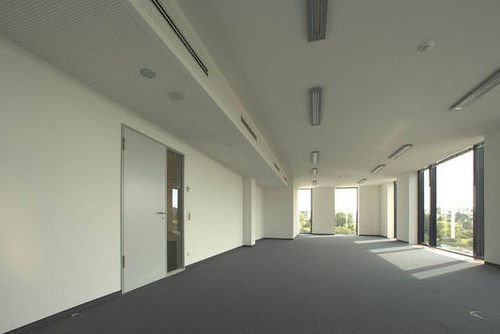GYPSUM WALL PLASTERING

GYPSUM WALL PLASTERING
100% Quaranty
This material which can be applied over brick, block or concrete surface to form a smooth surface is called gypsum plaster. ... Gypsum plaster has good insulation properties, fire resistant and impact resistant. Also, gypsum saves a lot of time during construction and has superior finish.
Bitumin Membrane waterproofing
Bituminous waterproofing systems are designed to protect residential and commercial buildings.
ABOUT GYPSUM
PHYSICAL/CHEMICAL ANALYSIS
| PARAMETERS | UNIT | SPECIFICATION |
|---|---|---|
| COLOUR | Whiteness | >93% |
| Initial settings Time | Min | 12-17 |
| Final setting Time | Min | 25-35 |
| WATER Stucco Ratio | % | 70-75 |
| Compressive Stength | N/mm2 | 8-10 |
| Flexural Strength | N/mm2 | 3-4 |
| CaSo4+1/2 H2o | >92% |
BENIFITS OF GYPSUM PLASTERING
Green Product
Natural
No need of cement,sand,
White Cement and Wall putty
No Cracks for Lifetime
Perfect Line and Level
Insulation Properties
Flexural Tensile Strength
Non-toxic and Anti-fungus
No Need Water curing
Longtime Durability
Light Weight Material
High Bonding Strength
Ready to paint
Fire Inhibitor
Acoustic Properties
Rust Inhibitor
Technical Specification...
| SAND + CEMENT PLASTER |
GYPSUM PLASTER |
|
|---|---|---|
| DIRECT APPLICATION |
 |
 |
| LINE & LEVEL |
 |
 |
| SMOOTH FINISH |
 |
 |
| TIME SAVING |
 |
 |
| QUALITY ASSURANCE |
 |
 |
| WATER CURING |
 |
DOESNT REQUIRE |
| SHRINKAGE CRACK |
 |
DOESNT APPEAR |
| CONSUMPTION OF PAINT |
HIGH | LOW |
WHAT IS GYPSUM ? ...
Gypsum is a light Weght material which is formed as the result of evaporating sea water in massive prehistoric Basins.Interms of its chemical composition, it is calcium Sulphate Di-hydrate (Ca- S04.2H20) and inherently Contains 21% water by molecular Weight. Gypsum products have been used for centuries in the construction space and are the material of choice Because of gypsum's unique properties. It has excellent insulation properties both thermal and acoustic and can offer very good passive fire protection, moisture resistance,impact resistance and vapour control When used in combination with the right system.
WHAT IS GYPSUM PLASTER?..
When a wall is consructed with brick or block, they are finished with a coat of plaster which is called internal plastering. Internal plastering has traditionally been done through a process of sand-cement plastering finished with POP pruning. This is a two stage process and involves multiple elements like sand, cement and water which is mixed onsite. This form of plastering is being slowly replaced by a direct single coat application of gypsum plaster.So gypsum plaster is actually a replacement of two processes i.e. sand cement plastering & POP pruning. Gypsum plaster is produced as a result of calcinations of the raw gypsum in an automatic kettle under controlled temperature. The Oldest example of usage of gypsum as an internal plaster is found in the pyramids of Giza in Egypt which were lined with gypsum plaster centuries ago and are still intact, which is proof of the durability and performance of this product.